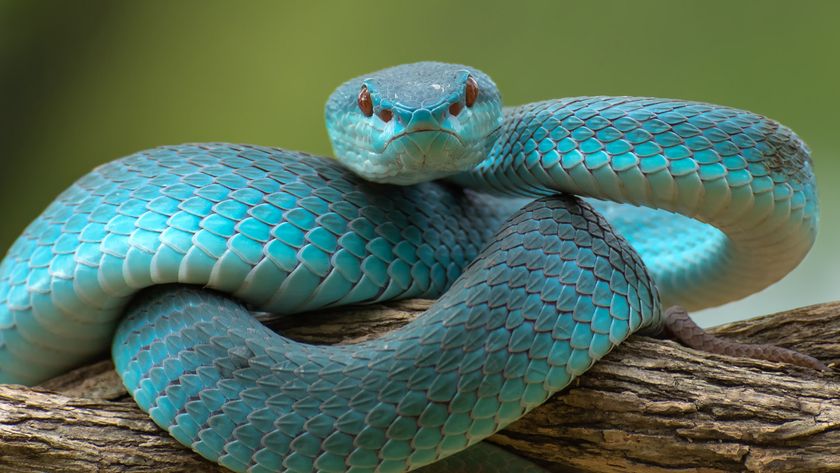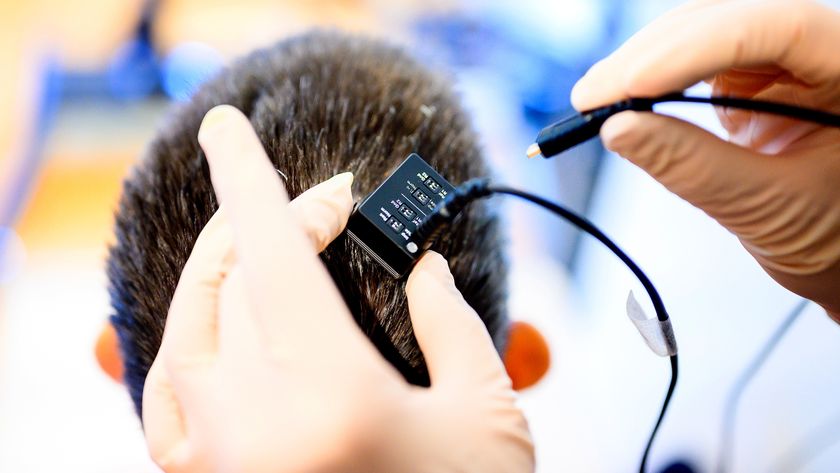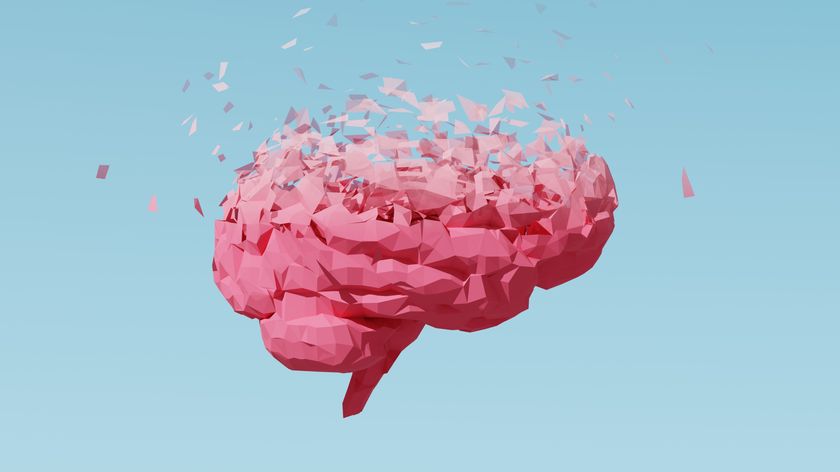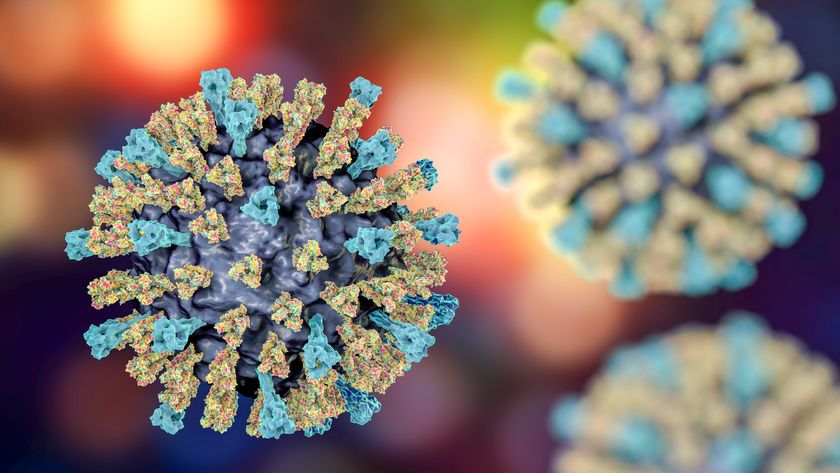Pets Enjoy Healing Power of Music

The healing power of music has long been established in people. Now a handful of harpists throughout the country are harnessing that power for animals.
Alianna Boone is one of those musicians.
“The structure of the harp is considered to be the most healing instruments next to human voice,” said Boone, an Oregonian who plays for ill family pets and produced a CD "Harp Music to Soothe the Savage Beast."
While anecdotal reports abound, Boone conducted one of the few studies on harp music’s effect on animals. In 2000, she performed for recently hospitalized canines at a Florida veterinary clinic. The hour-long sessions immediately began to lower heart rate, anxiety, and respiration in many cases, she said.
Cow control
Dogs aren’t the only animals benefiting from the good vibrations.
Cassie, a black and white cow, lives at the Maple Farm Sanctuary in Mendon, Mass., with about 80 other unwanted livestock. She arrived there last year after jumping a 7-foot-high fence to escape from a slaughter house, said volunteer Tracie Russell.
Sign up for the Live Science daily newsletter now
Get the world’s most fascinating discoveries delivered straight to your inbox.
Even though the cow is now living the good life, it has demonstrated anxiety-related behavior issues.
On a recent morning, for example, Russell walked into the barn to find the 1,500 pound Holstein snorting and stomping.
“I was little bit afraid for my safety, I have to say, for the first time,” said Russell.
She’s not sure what upset Cassie but decided to try calming her by playing a CD of harp songs.
Within 20 minutes, Russell said, the bovine dozed off.
Rave gorilla reviews
At the Franklin Park Zoo in Boston, a gorilla group appreciated Sue Raimond’s live harp performance a few years ago. The youngest member, named Little Joe, even blew her a kiss before falling asleep.
Both wild and domestic animals can benefit from music therapy but not all of them respond to it.
“It’s not a magic bullet,” cautions Diane Schneider, who produced "Harp of Hope: Animal Therapy Edition," the music that lulled Cassie. “But for animals for which it works, it works incredibly well.”
Schneider trained at the University of Cincinnati’s College-Conservatory of Music. Later, as a pastoral theologian and hospital chaplain, she began to use the harp with hospitalized human patients.
"I use certain harp vibrations to resonate with, or entrain, a patient's own cellular rhythms to help release tense muscle tissue, calm anxiety, improve digestion, induce restful sleep, increase endorphins for pain management — to aid the body's own efforts to heal itself," Schneider said.
The same holds true for animals, she said.
Animal CD
"Harp of Hope," a collection of 17 songs, was originally recorded for people but Schneider decided to release an animal edition last year after owners reported it helped their arthritic dogs fall asleep and calmed their agitated cats.
Veterinary hospitals also acknowledged the CD's success in soothing nervous pets — and their owners.
She said every detail of the instrumentals — the tempos, rhythms, keys, note intervals, chord structures and plucking techniques — are carefully arranged to promote progressive peace and relaxation.
Animals usually begin to relax after listening for just a few minutes.
Schneider recommends playing the music on an as-needed basis or before a stressful situation, such as a veterinary or grooming appointment.
“I’m hopeful that there will be a great increase in the use of this benevolent therapy,” said Schneider. “It is a very cost-effective, beneficial, soothing, calming intervention for animals and the people who love animals.”
- Video: Extraordinary Dogs
- Vote for Your Favorite Pet
- Why Do We Love Music?












